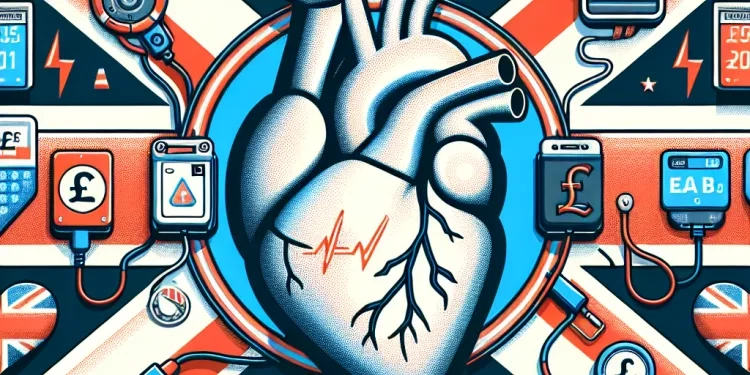
Find Help
More Items From Ergsy search
-

Can a defibrillator restart a stopped heart?
Relevance: 100%
-
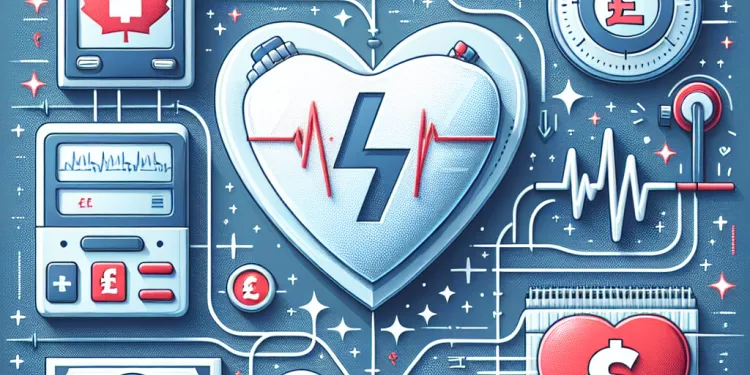
How does a defibrillator work?
Relevance: 64%
-
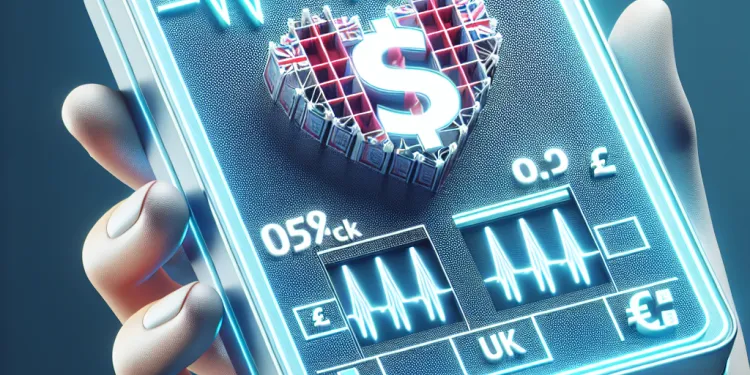
What is a defibrillator?
Relevance: 63%
-

What is the role of a defibrillator in CPR?
Relevance: 62%
-

How effective are defibrillators?
Relevance: 59%
-

How do you know if a defibrillator is required?
Relevance: 57%
-
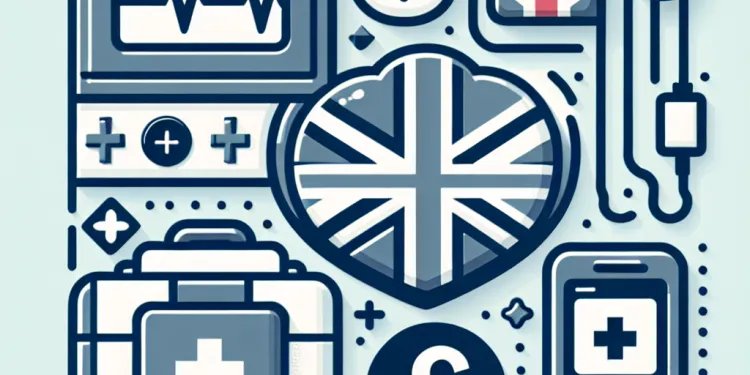
What should you do if a defibrillator is needed?
Relevance: 54%
-

What are the different types of defibrillators?
Relevance: 52%
-
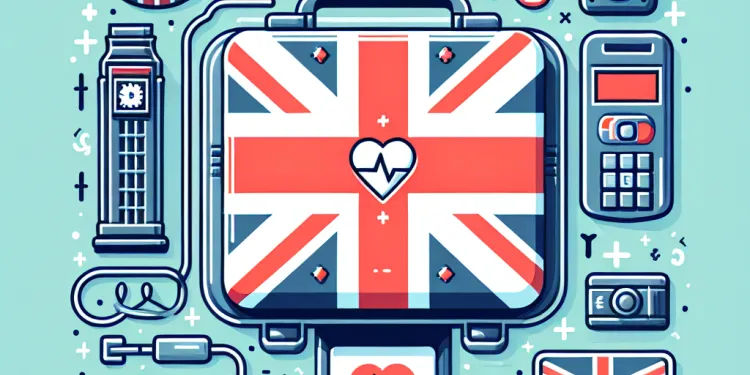
Do defibrillators have any side effects?
Relevance: 51%
-
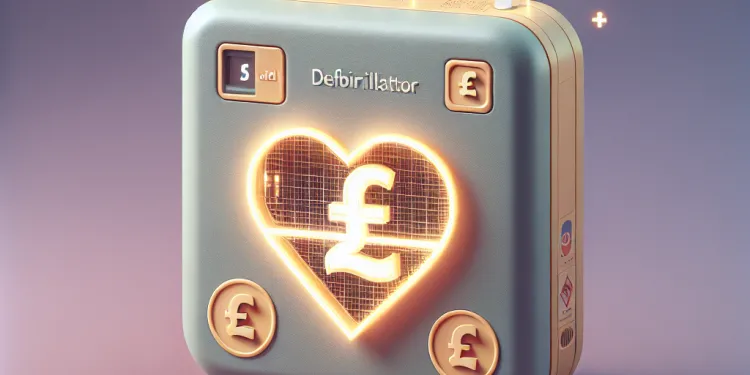
Can defibrillators be used on children?
Relevance: 51%
-

Who can use a defibrillator?
Relevance: 50%
-
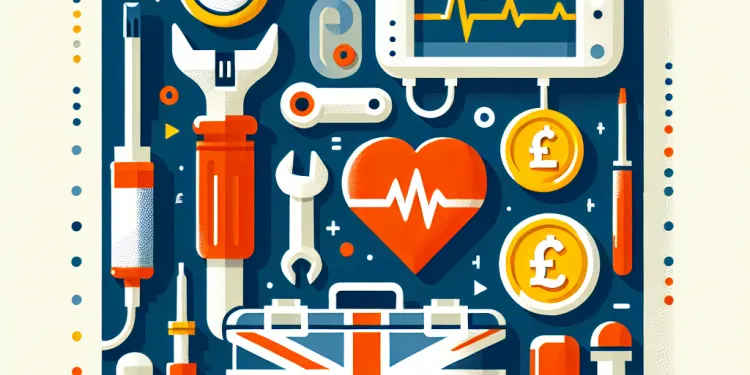
What maintenance do defibrillators require?
Relevance: 47%
-
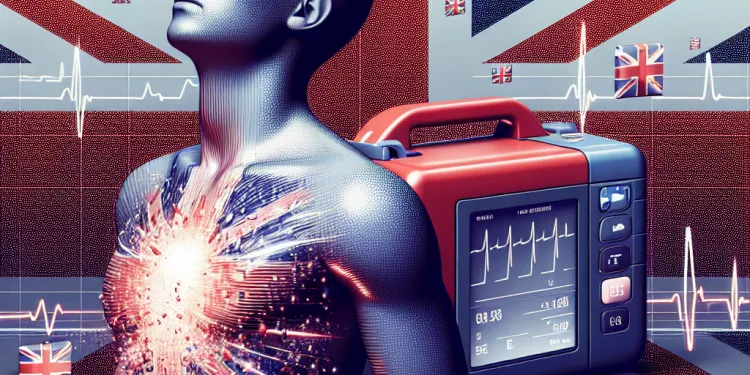
Can you use a defibrillator on a wet person?
Relevance: 46%
-

How long do defibrillator batteries last?
Relevance: 46%
-
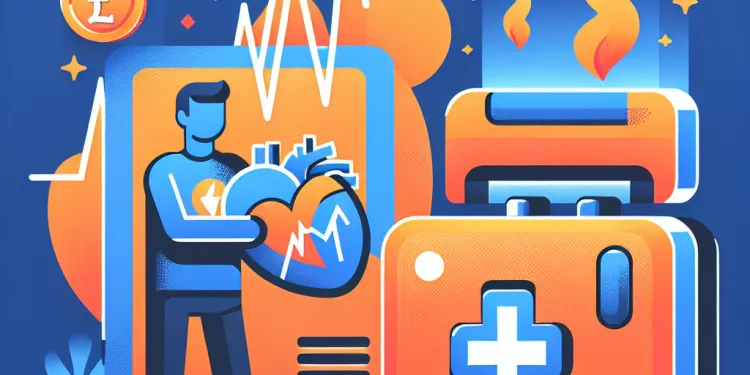
What is a Defibrallator?
Relevance: 43%
-
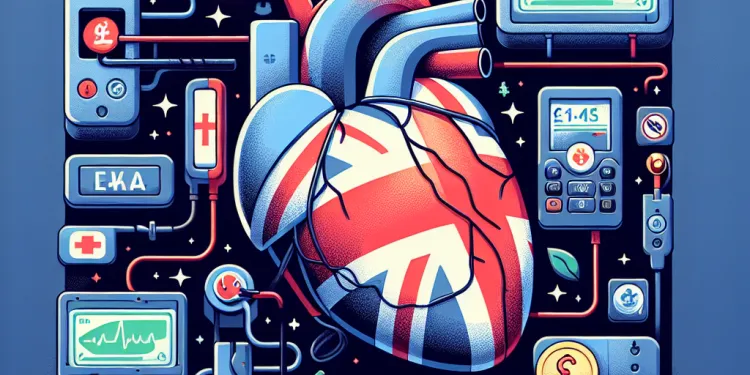
Why are defibrillators important?
Relevance: 42%
-
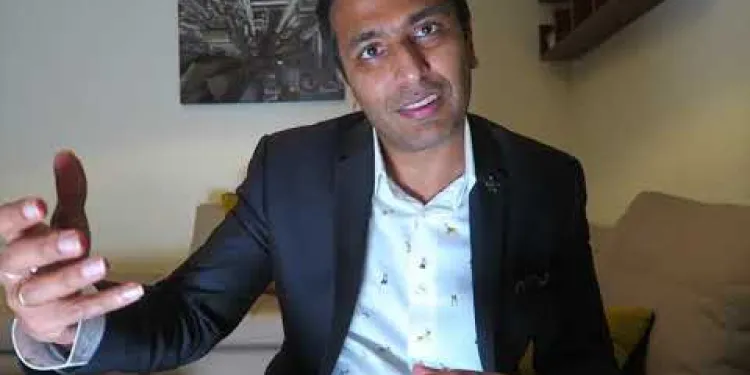
Is my abnormal heart rhythm dangerous?
Relevance: 37%
-

NHS Stop Smoking Subtitled version
Relevance: 36%
-
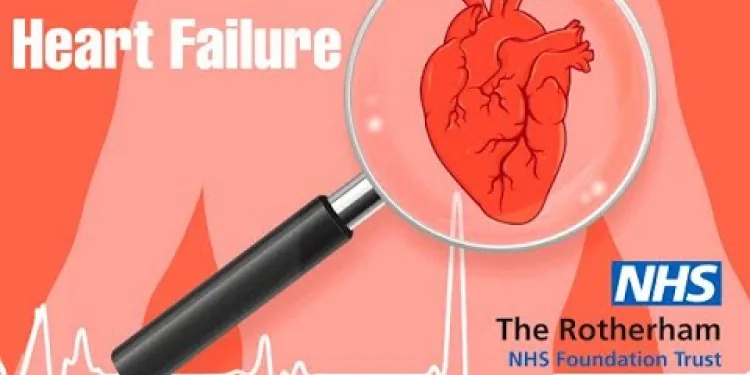
Heart Failure : Heart failure that cannot pump
Relevance: 36%
-
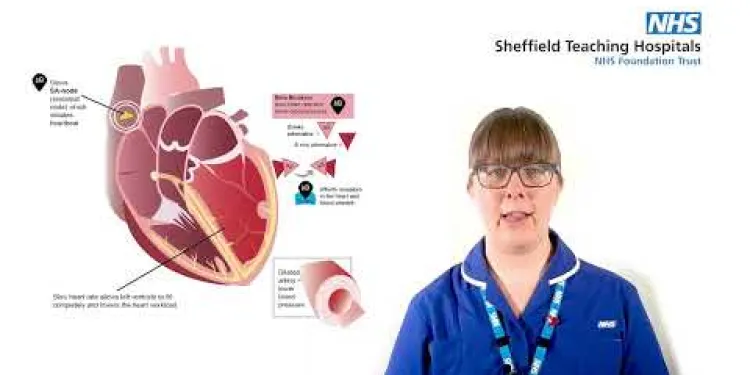
Medicines of the heart
Relevance: 35%
-

Is it safe to use a defibrillator on someone with a pacemaker?
Relevance: 35%
-

Heart Failure : When the heart becomes stiff?
Relevance: 35%
-
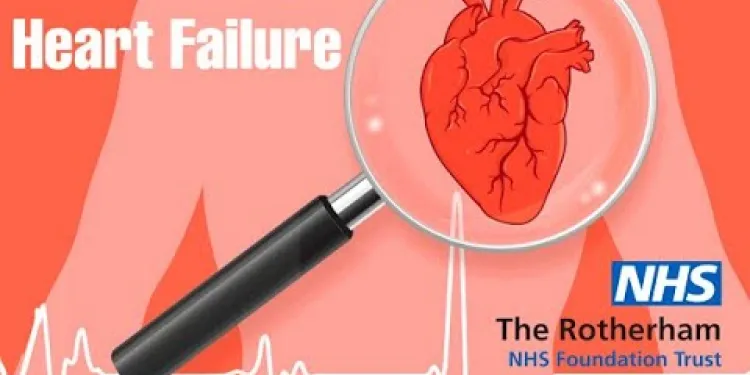
Heart Failure : The normal heart
Relevance: 33%
-
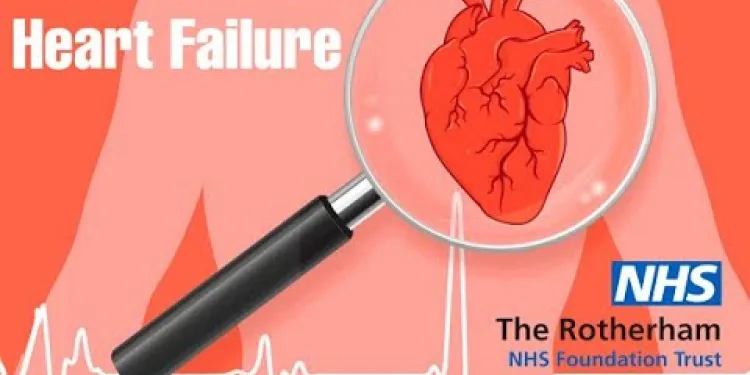
Heart Failure : What is heart failure?
Relevance: 32%
-
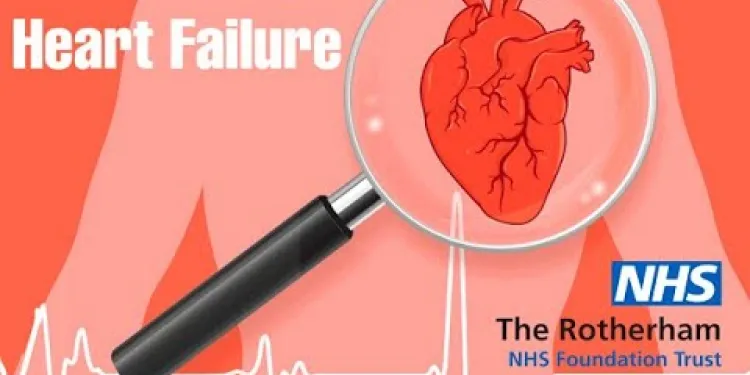
Heart Failure : Symptoms of heart failure
Relevance: 32%
-
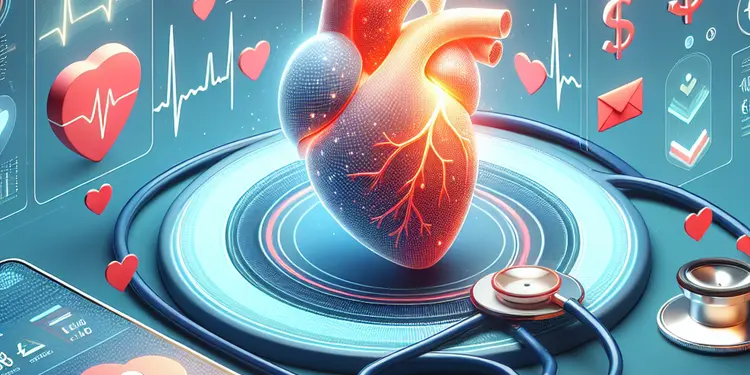
Is it possible to prevent a heart attack?
Relevance: 32%
-
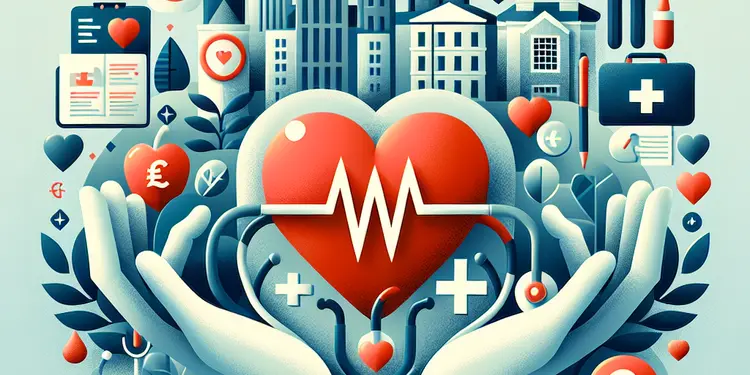
Can heart failure be prevented?
Relevance: 32%
-

What is an AED?
Relevance: 32%
-
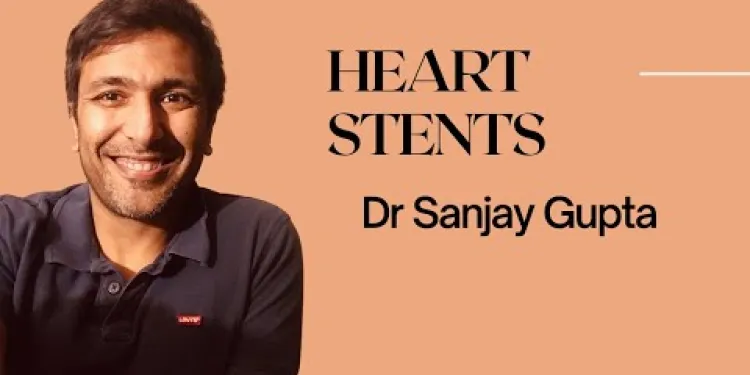
Heart stents
Relevance: 31%
-
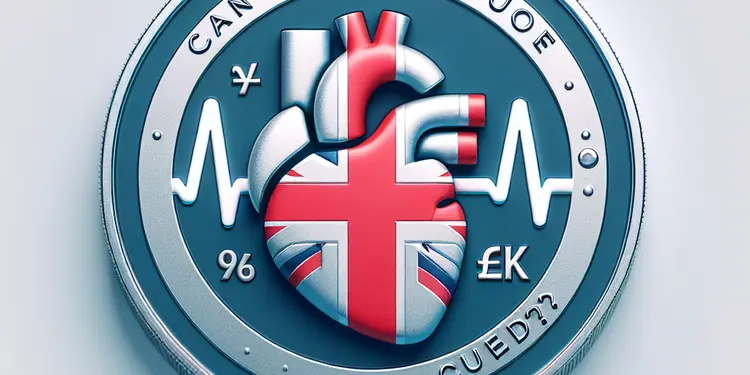
Can heart failure be cured?
Relevance: 31%
-
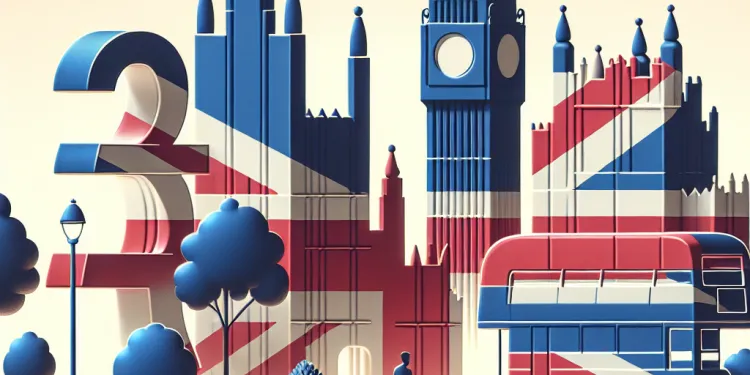
Can Universal Credit be stopped or sanctioned?
Relevance: 31%
-
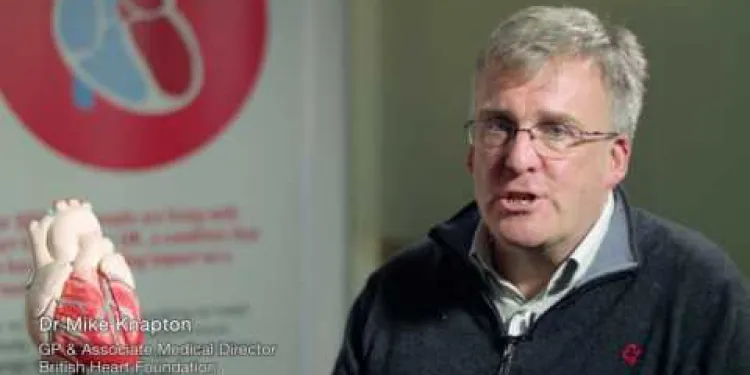
Heart failure introduction
Relevance: 30%
-
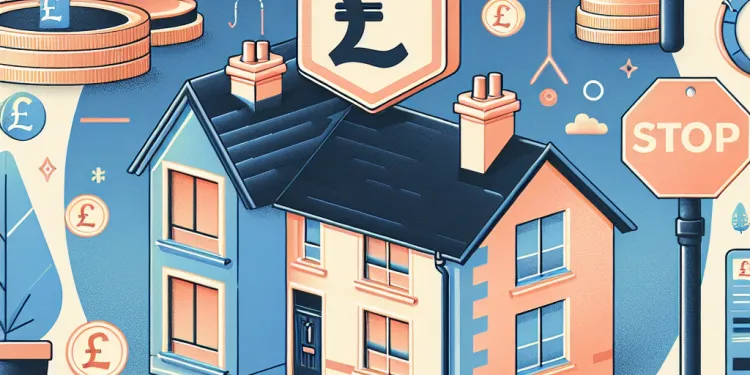
Can I stop an eviction if I catch up on rent payments?
Relevance: 30%
-
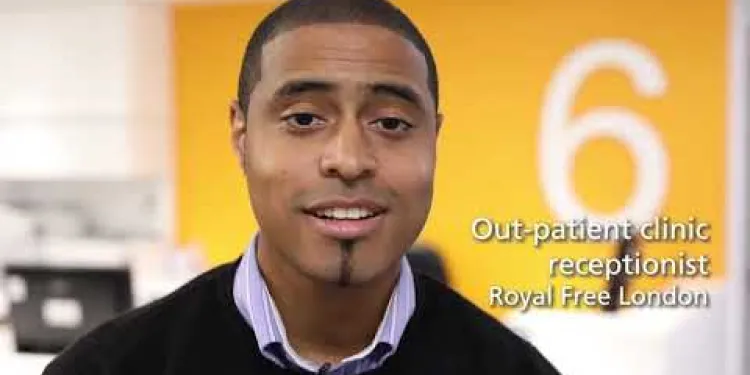
Anaemia One stop shop
Relevance: 29%
-
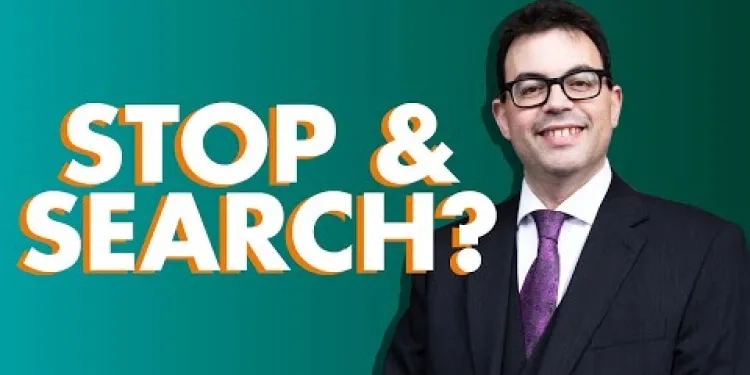
What are my rights if the police want to stop and search me? [Criminal law]
Relevance: 29%
-
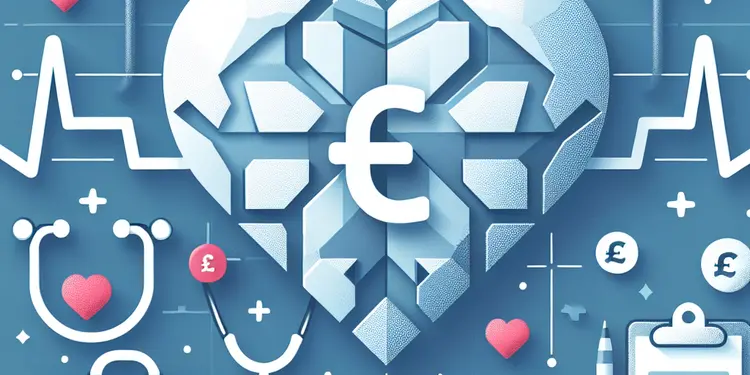
What causes heart failure?
Relevance: 29%
-
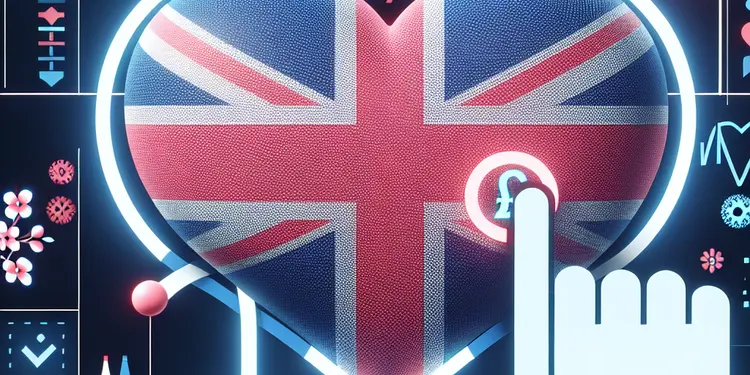
Are there different types of heart failure?
Relevance: 29%
-

How is heart failure diagnosed?
Relevance: 29%
-
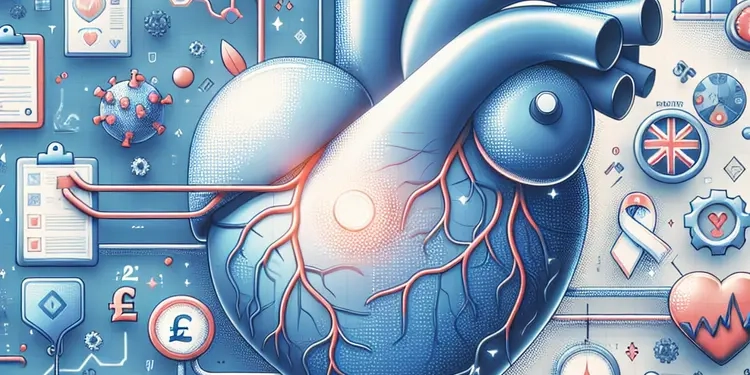
What is heart valve disease?
Relevance: 28%
-
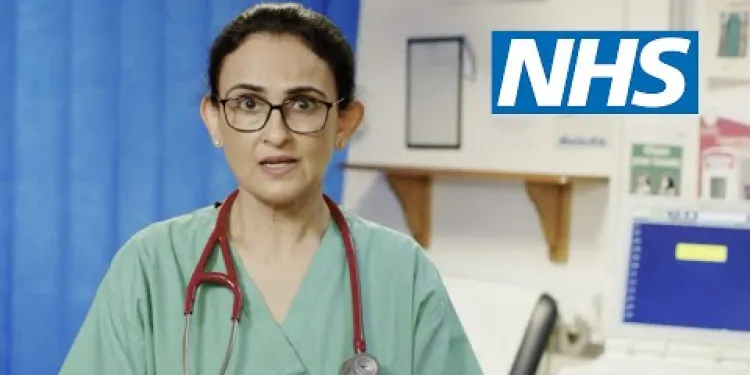
Heart Attack Stories | NHS
Relevance: 28%
Can a Defibrillator Restart a Stopped Heart?
Defibrillators are commonly used medical devices designed to treat life-threatening cardiac arrhythmias, often encountered in emergencies. A widespread misconception about defibrillators is that they can restart a heart that has completely stopped. While they are critical tools in saving lives, their capability differs from the common portrayal in popular media.
How Defibrillators Work
Defibrillators deliver a dose of electric current (a defibrillation) to the heart. The aim of this electrical shock is to depolarise a critical mass of the heart muscle, ending the dangerously irregular heartbeat and allowing the heart’s pacemaker to establish a normal rhythm. This electric shock is effective for treating certain types of arrhythmias, such as ventricular fibrillation (VF) and pulseless ventricular tachycardia (VT), which are conditions where the heart quivers or beats too rapidly, preventing it from pumping blood effectively.
Defibrillators and Cardiac Arrest
Cardiac arrest occurs when the heart suddenly stops beating. The important distinction to make is between a heart that is in fibrillation and one that is in asystole. Asystole is often referred to as 'flatline' and represents a state where there is no electrical activity in the heart. Unfortunately, defibrillators are not capable of restarting the heart in asystole. In such cases, other medical interventions, like cardiopulmonary resuscitation (CPR) and administration of medications, are necessary to try to revive the heart.
In contrast, when the heart is in VF or pulseless VT during a cardiac arrest, these rhythms are shockable, meaning a defibrillator can be used to deliver a shock. The action helps reset the heart’s electrical conduction system and has the potential to allow the heart to resume an effective beat.
The Role of CPR
While defibrillators are essential in certain emergency situations, CPR remains a critical accompaniment. CPR helps maintain vital blood flow to the heart and brain, buying time until a defibrillator can be used to attempt to correct the heart's rhythm. Public access defibrillators, often found in public spaces across the UK, include automated instructions for users, along with prompts for CPR.
Conclusion
In summary, defibrillators are crucial in treating certain irregular heartbeat conditions, specifically during cardiac arrest situations with VF or pulseless VT. They do not, however, restart a heart that is completely stopped. Understanding the role and limitations of defibrillators highlights the importance of timely CPR and medical intervention in improving survival outcomes from cardiac arrest.
Can a Defibrillator Restart a Stopped Heart?
A defibrillator is a device used by doctors and paramedics. It helps when someone has a dangerous heartbeat. Some people think it can start a heart that has stopped, but this is not true. It is a very useful tool, but it works differently from how TV shows often show it.
How Defibrillators Work
Defibrillators give the heart an electric shock. This helps to stop a very fast or weird heartbeat. Then, the heart’s natural rhythm can start working normally again. This shock works for problems like when the heart shakes (called ventricular fibrillation or VF) or beats too fast (called pulseless ventricular tachycardia or VT). These problems stop the heart from pumping blood well.
Defibrillators and Cardiac Arrest
Cardiac arrest means the heart stops beating. It is important to know the difference between a heart that is shaking (VF) and one that is completely still (asystole, or 'flatline'). A defibrillator cannot help a heart in asystole. For asystole, doctors use CPR and medicines to try and wake the heart.
But if the heart is in VF or pulseless VT, the defibrillator can give a shock to help the heart beat properly again. This can help save a life.
The Role of CPR
Along with defibrillators, CPR is also very important. CPR helps keep blood moving to the heart and brain until a defibrillator can be used. In many public places, you can find defibrillators with step-by-step instructions and reminders to do CPR.
Conclusion
In short, defibrillators help fix some dangerous heart rhythms, like VF or pulseless VT, during a cardiac arrest. They do not start a heart that is completely stopped. Knowing how defibrillators work, and using CPR quickly, can help save lives when someone’s heart stops.
Frequently Asked Questions
Can a defibrillator restart a stopped heart?
No, a defibrillator cannot restart a heart that has completely stopped. It is used to treat certain types of abnormal heart rhythms, such as ventricular fibrillation or pulseless ventricular tachycardia.
What does a defibrillator do if it can't restart a stopped heart?
A defibrillator delivers an electric shock to the heart to reset its rhythm, aiming to stop irregular heart rhythms and allow the heart to re-establish a normal rhythm.
What is the primary purpose of a defibrillator?
The primary purpose of a defibrillator is to treat life-threatening cardiac arrhythmias, such as ventricular fibrillation and pulseless ventricular tachycardia.
In which situations can a defibrillator be effective?
A defibrillator is effective in situations where a person is experiencing ventricular fibrillation or pulseless ventricular tachycardia, but not in cases where the heart has completely stopped (asystole).
What happens if a heart has completely stopped?
If a heart has completely stopped, a condition called asystole, CPR (cardiopulmonary resuscitation) and medications are needed in an attempt to restart the heart.
Is asystole treatable with a defibrillator?
No, asystole (a flatline) is not treatable with a defibrillator. CPR and medications like epinephrine are the primary treatments.
How does a defibrillator help during cardiac arrest?
During cardiac arrest, a defibrillator helps by delivering an electric shock to stop harmful arrhythmias, allowing the heart to potentially reset to a normal rhythm.
Can anyone use a defibrillator in an emergency?
Yes, automated external defibrillators (AEDs) are designed to be used by laypeople with minimal training in an emergency.
Are defibrillators used on a flatline?
No, defibrillators are not used on a flatline. They are used for specific arrhythmias like ventricular fibrillation, not for asystole.
What arrhythmias are treatable with a defibrillator?
Defibrillators are used to treat ventricular fibrillation and pulseless ventricular tachycardia.
Does defibrillation guarantee a normal heartbeat will return?
Defibrillation does not guarantee a return to a normal heartbeat, but it increases the chances of survival when performed promptly.
What should be done if a heart has stopped and a defibrillator is not useful?
If the heart has stopped and a defibrillator is not applicable, CPR should be initiated immediately, and emergency medical services should be contacted.
Why might a defibrillator not deliver a shock?
A defibrillator might not deliver a shock if it detects a non-shockable rhythm like asystole or if no arrhythmia is present.
How does CPR assist when a defibrillator cannot be used?
CPR helps maintain blood flow and oxygenation to vital organs until more definitive treatments can be administered.
Why is early defibrillation important?
Early defibrillation is crucial because the chances of successful defibrillation decrease over time. Quick response can increase survival rates.
What training is required to use an AED?
Although AEDs are designed for ease of use, first aid courses, including AED training, help improve confidence and response during emergencies.
Are there side effects of using a defibrillator?
The most common side effect of defibrillation is skin burns where the pads are applied. Proper application minimizes this risk.
Can defibrillators be used on children?
Yes, some AEDs have pediatric settings or pads designed for children. It's essential to follow the device's instructions.
Is a defibrillator the same as CPR?
No, a defibrillator delivers an electric shock to treat arrhythmias, while CPR is a technique to manually keep blood flowing and deliver breaths to a patient.
How do defibrillators determine when to shock?
Automated defibrillators analyze the heart's rhythm and determine if a shockable rhythm is present before advising or delivering a shock.
Can a defibrillator make a stopped heart beat again?
A defibrillator is a machine that helps the heart. It sends a strong electric shock to the heart. This can make the heart beat properly.
If a heart stops, it might not always start again with a defibrillator. But it can help if the heart is beating in a mixed-up way.
It's important to call for help by dialing emergency services if someone needs a defibrillator. They can guide you on what to do.
You can also learn how to use a defibrillator by taking a First Aid class. This will teach you the steps to help someone safely.
No, a defibrillator cannot start a heart if it has stopped completely. It helps when the heart beats in a messy way. This is called ventricular fibrillation or pulseless ventricular tachycardia.
What does a defibrillator do if it can't start the heart again?
A defibrillator is a machine that helps when a heart stops. It sends a small electric shock to try and start the heart again. But sometimes, the heart doesn’t start.
If the heart doesn't start, people need to call for help. They should dial emergency services for help right away. People can also do CPR, which helps the blood keep moving.
It’s important to stay calm and keep trying until help arrives.
A defibrillator is a machine. It gives the heart an electric shock. This helps the heart beat normally again.
What does a defibrillator do?
A defibrillator is a machine. It helps someone whose heart has stopped or is not beating right. The machine gives a strong, quick electric shock to the heart. This can help the heart start beating normally again.
If you see someone who needs help, call for help and find an adult. Use the defibrillator only if you have been shown how. There are also defibrillators that talk and show you what to do. They can help you use them the right way.
A defibrillator is a machine that helps when the heart is not beating properly. It is used when the heart has a big problem, like when it shakes instead of beating and the person has no pulse.
When can a defibrillator help someone?
A defibrillator helps when a person's heart beats very fast in a mixed-up way. It does not work if the heart has stopped completely.
What happens if a heart stops beating?
A heart that stops beating means blood can't move around the body. This is very serious.
If someone's heart stops, they need help right away. Call for help by dialing emergency services like 911 (or the local number in your area).
Stay calm and try to get an adult who knows first aid.
If you have learned how to do CPR, you can start doing CPR right away. CPR helps pump the blood until help arrives.
It's important to learn CPR. Ask an adult if you can go to a class to learn this skill.
If a heart stops beating, it is called asystole. To try to make the heart start again, people use CPR (cardiopulmonary resuscitation) and medicines.
Can a Defibrillator Help When the Heart Stops?
No, you cannot use a defibrillator when the heart stops completely (flatline). Instead, you should do CPR (push on the chest) and use medicines like epinephrine to help.
How does a defibrillator help if someone's heart stops?
A defibrillator is a special machine. It helps when someone's heart stops beating right.
The machine sends a strong shock to the heart. This can make the heart start beating normally again.
Using the machine quickly can save a person's life.
If you have one nearby, call for help and follow the instructions on the machine.
Here are some things that might help you:
- Look for pictures on the machine. They show you how to use it.
- Listen to the voice instructions. The machine talks to you and tells you what to do.
- Stay calm and wait for help if you have already called emergency services.
When a person's heart stops working properly, it is called cardiac arrest. A defibrillator is a machine that can help. It gives a strong electric shock to the heart. This can stop the problem and help the heart start beating normally again.
Who can use a defibrillator in an emergency?
A defibrillator is a special machine. It can help someone whose heart has stopped. In an emergency, some people might wonder if they can use it.
Good news! Anyone can use a defibrillator. You do not need to be a doctor or a nurse. The machine tells you what to do. It talks to you and shows you pictures. This helps you know what to do next.
If you see someone who needs help, stay calm. Open the defibrillator and listen to its instructions. You can do it!
Yes, an AED is a machine that helps when someone’s heart stops. It’s made for anyone to use, even if they haven’t had much training.
Can defibrillators help if the heart stops?
No, defibrillators are not used when the heart is flatlining. They are used for some heart problems, like when the heart shakes or jiggles (called ventricular fibrillation), but not when the heart has stopped completely (called asystole).
What heart problems can a defibrillator help with?
Defibrillators help fix heart problems called ventricular fibrillation and pulseless ventricular tachycardia.
Does a defibrillator always make the heart beat normally again?
A defibrillator is a machine that helps the heart start beating again if it stops.
But, a defibrillator does not always work. Sometimes it helps the heart start beating normally, but not every time.
If you want to learn more or need help, you can:
- Ask a doctor or nurse
- Use a picture dictionary about the heart
- Watch simple videos about how a defibrillator works
Using a defibrillator does not promise that the heart will beat normally again, but it helps people have a better chance to survive if used quickly.
What to do if someone's heart stops and you can't use a defibrillator?
If someone's heart stops, you need to help them fast. If you can't use a special heart machine (called a defibrillator), start CPR straight away. Call 999 (or your local emergency number) for help.
Why might a defibrillator not give a shock?
A defibrillator might not give a shock if it doesn't think the heart needs it. This can happen if:
- The person’s heart is beating okay.
- The machine is not working right.
- The pads are not on the right way.
If you're not sure, ask an adult for help or look at the pictures on the defibrillator for guidance.
A defibrillator may not give a shock if it sees a heart rhythm that does not need one, like when the heart has stopped beating or if the heart is beating normally.
How does CPR help when a defibrillator can't be used?
CPR is a way to help someone when their heart stops. It keeps blood and oxygen going around the body.
Sometimes, a machine called a defibrillator can't be used. When this happens, CPR is very useful.
Here is what to do:
- Push hard and fast in the middle of the chest.
- Push about 100 to 120 times a minute.
- Keep doing this until help arrives or the person starts to wake up.
Some tools that might help are:
- A CPR app on a phone to show how to do it.
- A metronome to help keep the right speed.
CPR helps keep blood and oxygen going to important body parts until doctors can give more help.
Why is it important to use a defibrillator quickly?
Using a defibrillator fast can help save a life. If someone's heart stops, a defibrillator can help make it beat again. It is important to act quickly.
Things that can help:
- Call for help immediately.
- Know where the nearest defibrillator is.
- Learn how to use a defibrillator. You can watch videos or take a class.
Using a defibrillator quickly is very important. The longer you wait, the less chance it will work well. Acting fast can help save lives.
What do you need to learn to use an AED?
You need to learn some important things to use an AED. An AED is a special machine that helps people when their heart stops.
Here are some things you will learn:
- What an AED looks like.
- How to turn it on.
- Where to put the sticky pads on the person's chest.
- How to follow the AED's voice instructions.
- When to call for help.
Many people take a class where a teacher shows them how to use an AED. You can ask a grown-up to help you find a class in your area.
Some helpful tools are:
- Watching a video about AEDs.
- Asking someone who knows how to use an AED to show you.
AEDs are machines that help start a heart when it has stopped. They are made to be easy to use. But, taking classes on first aid and using AEDs can help you feel more sure of yourself. It also helps you know what to do when there is an emergency.
Can using a defibrillator cause any problems?
When doctors use a defibrillator, it can sometimes cause burns on the skin where the sticky pads are. To stop this from happening, doctors put the pads on carefully.
Can you use defibrillators on children?
A defibrillator is a machine that helps the heart start beating again. You can use it on children. If you need to use one, follow the instructions on the machine. It will tell you what to do.
If you are unsure, ask an adult for help or call emergency services. They can guide you over the phone.
Practice using a defibrillator with a teacher or a safety class. This can help you feel ready in an emergency.
Yes, some AEDs (machines that help people when their heart stops) have special settings for kids. They also have pads made just for children. It's important to read and follow the instructions on the machine.
Are defibrillators and CPR the same thing?
A defibrillator is a machine. It gives a strong electric shock. This helps fix a problem with the heart's beat, called an arrhythmia.
CPR is different. CPR stands for Cardiopulmonary Resuscitation. It is a way to help someone who is not breathing. You push on their chest and give them breaths. This keeps their blood moving.
If you want to learn more or need help, you can use tools like videos or pictures. They can show you how to do these things safely.
How do defibrillators know when to give a shock?
Automatic heart-shock machines check how the heart is beating. They see if they need to give a shock to help the heart work better.
Useful Links
- Ergsy carfully checks the information in the videos we provide here.
- Videos shown by Youtube after a video has completed, have NOT been reviewed by ERGSY.
- To view, click the arrow in centre of video.
- Most of the videos you find here will have subtitles and/or closed captions available.
- You may need to turn these on, and choose your preferred language.
- Go to the video you'd like to watch.
- If closed captions (CC) are available, settings will be visible on the bottom right of the video player.
- To turn on Captions, click settings .
- To turn off Captions, click settings again.
More Items From Ergsy search
-

Can a defibrillator restart a stopped heart?
Relevance: 100%
-

How does a defibrillator work?
Relevance: 64%
-

What is a defibrillator?
Relevance: 63%
-

What is the role of a defibrillator in CPR?
Relevance: 62%
-

How effective are defibrillators?
Relevance: 59%
-

How do you know if a defibrillator is required?
Relevance: 57%
-

What should you do if a defibrillator is needed?
Relevance: 54%
-

What are the different types of defibrillators?
Relevance: 52%
-

Do defibrillators have any side effects?
Relevance: 51%
-

Can defibrillators be used on children?
Relevance: 51%
-

Who can use a defibrillator?
Relevance: 50%
-

What maintenance do defibrillators require?
Relevance: 47%
-

Can you use a defibrillator on a wet person?
Relevance: 46%
-

How long do defibrillator batteries last?
Relevance: 46%
-

What is a Defibrallator?
Relevance: 43%
-

Why are defibrillators important?
Relevance: 42%
-

Is my abnormal heart rhythm dangerous?
Relevance: 37%
-

NHS Stop Smoking Subtitled version
Relevance: 36%
-

Heart Failure : Heart failure that cannot pump
Relevance: 36%
-

Medicines of the heart
Relevance: 35%
-

Is it safe to use a defibrillator on someone with a pacemaker?
Relevance: 35%
-

Heart Failure : When the heart becomes stiff?
Relevance: 35%
-

Heart Failure : The normal heart
Relevance: 33%
-

Heart Failure : What is heart failure?
Relevance: 32%
-

Heart Failure : Symptoms of heart failure
Relevance: 32%
-

Is it possible to prevent a heart attack?
Relevance: 32%
-

Can heart failure be prevented?
Relevance: 32%
-

What is an AED?
Relevance: 32%
-

Heart stents
Relevance: 31%
-

Can heart failure be cured?
Relevance: 31%
-

Can Universal Credit be stopped or sanctioned?
Relevance: 31%
-

Heart failure introduction
Relevance: 30%
-

Can I stop an eviction if I catch up on rent payments?
Relevance: 30%
-

Anaemia One stop shop
Relevance: 29%
-

What are my rights if the police want to stop and search me? [Criminal law]
Relevance: 29%
-

What causes heart failure?
Relevance: 29%
-

Are there different types of heart failure?
Relevance: 29%
-

How is heart failure diagnosed?
Relevance: 29%
-

What is heart valve disease?
Relevance: 28%
-

Heart Attack Stories | NHS
Relevance: 28%